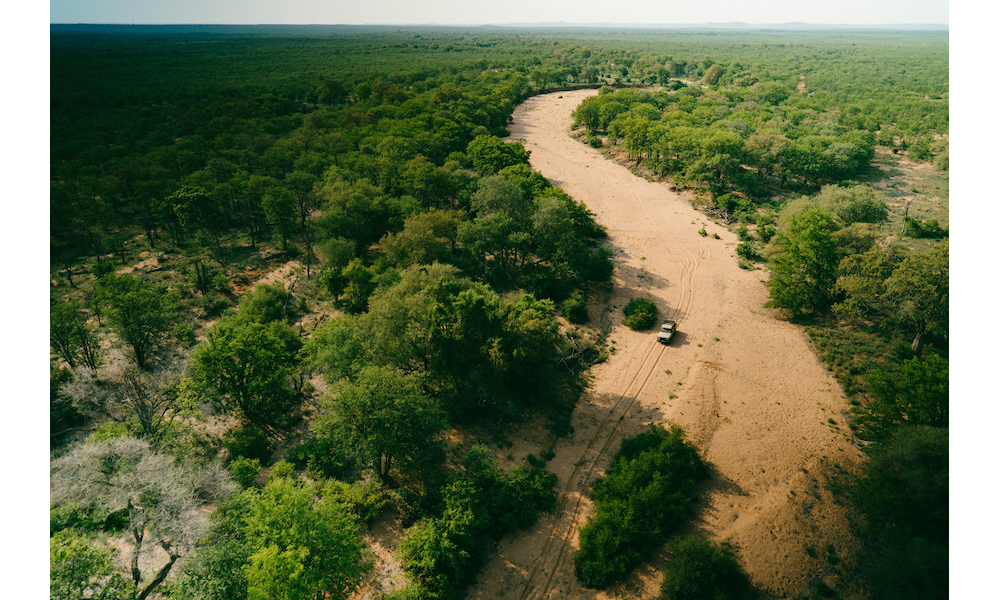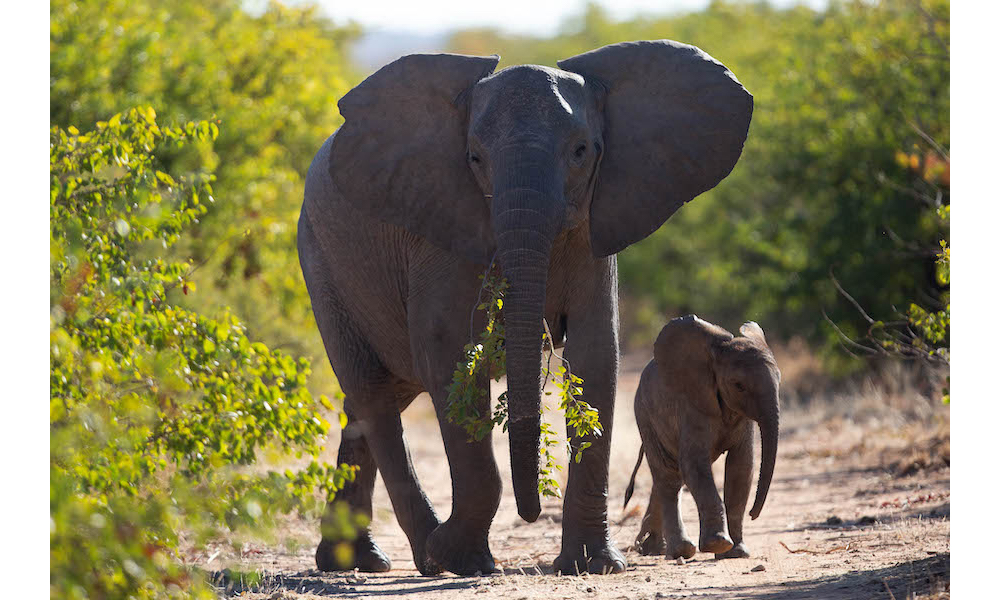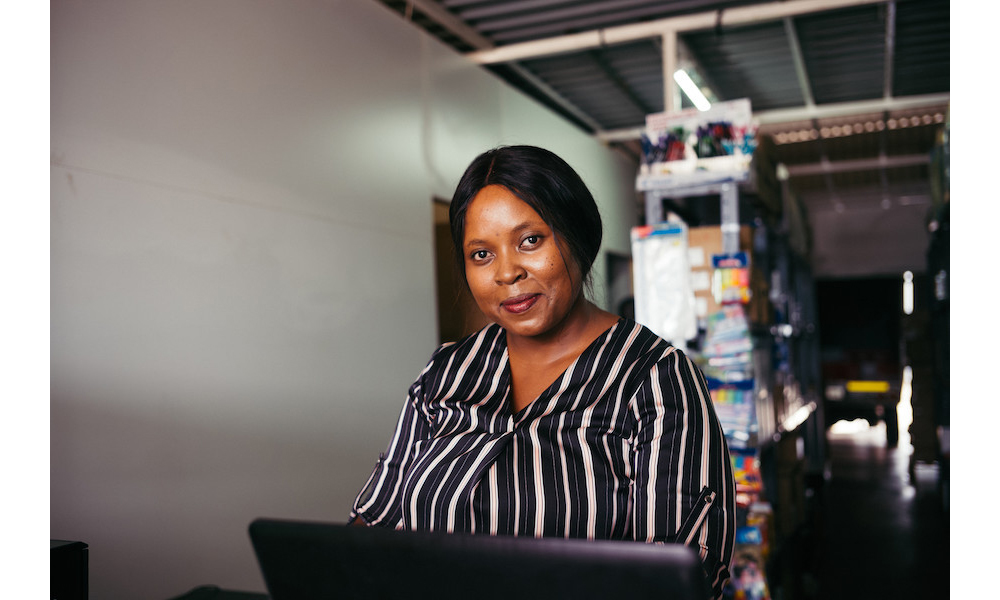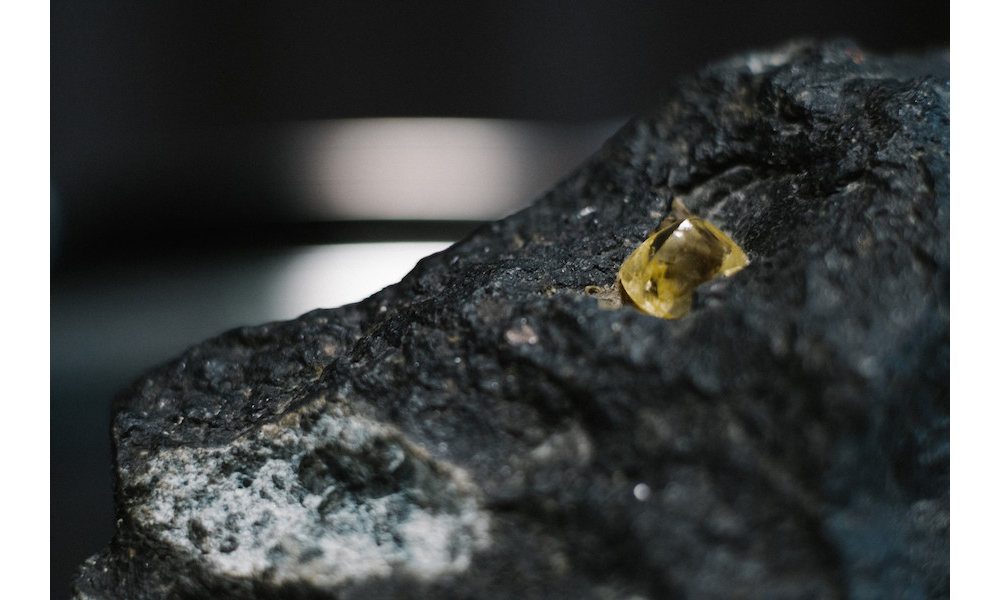Contrary to what is still, sadly, often said to the detriment of the diamond industry, it actually has a positive impact on diamond producing countries and local populations. De Beers, whose research and involvement puts in pole position in this area demonstrates a very strong commitment with real-world actions. We would therefore like to take a look with , Stephen Lussier, the veteran De Beers executive who nowchairsits the consumer products division (Forevermark, De Beers Diamond Jewelers, and lab-grown line Lightbox) as well as the Diamond Producers Association (DPA), in all honesty and transparency, at the actions that De Beers takes every day…
1) Stephen Lussier, why do you think the natural diamond industry still suffers from a poor image, or at least a loss of interest on the part of diamond consumers? What can we do to remedy that?
Our data shows that Gen-Z and Millennials have a strong interest and desire for diamonds; with global consumer demand for diamond jewellery continuing to grow year on year and Millennials accounting for approximately half of global demand today. But it is true that we have seen specific challenges, such as the negative perceptions created by the Blood Diamond film, creating false narratives about the natural diamond sector today.
And the industry has been slower than some others to engage with new technologies that younger consumers use more frequently to consume media. Social media channels and video content play a much bigger role in the communications mix for younger people today and diamond brands and businesses have not always engaged as quickly as others through this medium.

The good news is that we have a huge opportunity to make great progress. Young consumers are seeking authentic stories of positive impact and there are many of these within the diamond industry. When they hear about the positive impact on diamond communities, the protection of wildlife or our commitment through the UN to advance women and girls, they are engaged. With growing marketing investments and an enhanced focus on social channels, we will start to make a difference in getting this story across.
But we are playing catch up with other categories and in some places we will have a cynicism barrier to overcome so it’s vital that we all play a role in pushing the message – it can’t be from just one source.
At De Beers Group, we think we can play a lead role in helping develop and share the content that will tell positive stories of what the industry does, but all diamond businesses then need to share them on their website, on their social media feeds, on their WhatsApp networks, in media interviews and through whichever channels possible.
Of course, all diamond businesses can also help create additional positive content. With young consumers, even taking a video on an iPhone of a positive story and sharing it through an individual’s voice can have a big impact. That’s the great thing about modern media – while it is very different from before, it’s so accessible that we can now all play a bigger role by just picking up our phones, taking a video of the good things we’re doing, then sharing it on our social channels.
We have a lot of potential as an industry if we all reinforce the message and all work together, but it really is about maximising the impact of the whole.
2) Who do you think are today’s consumers and who will they be in the future? What do they expect of us in the diamond industry? And from you as a diamond producer?
Today’s consumers comprise a wide range of people. We often talk about certain generations such as Millennials, and we often talk as if every generation is homogenous. The truth is obviously much more complex and our consumers are young and old, heavy owners and those new to the category, different nationalities, in different types of relationships and in different subcultures.
Individuality is one key element of modern consumerism, though, so we need to find ways to ensure we offer a unique experience and product for everyone. Diamonds lend themselves so well to this as they offer so many shapes, sizes, qualities, price points and design types – and the more we can let consumers have their say in the products they buy, the more they will be emotionally engaged with it and the more successful we can be.
Although many of the characteristics of Millennials and GenZ are different from those of previous generations, people continue to look for symbols to represent their most meaningful emotions and moments in their life, both relationships and personal. The inherent qualities of diamonds – their creation a billion years ago, their rarity, their uniqueness – mean they can represent how individual, special and enduring these emotions are in a way that other products cannot.

And it’s certainly the case that people all across the world of all ages care more about societal and environmental issues. This is why it’s vital for us to all live up to the highest standards, and to ensure we can show consumers we are doing this, not just tell them.
As a diamond producer, that means we have to support communities, protect the environments in which we work, be responsible with our employees and our supply chains, and have systems to prove all this, as well as channels to communicate it.
3) From when did De Beers start to take action in producing countries and with local populations? Why is it important to take action?
De Beers Group has seen this as a core part of its purpose for many decades – in fact Ernest Oppenheimer noted in the early twentieth century that the company’s purpose was to make a profit, but to do so in a way that supports the lives of the people and communities in which we operate.
The most famous example of this is Botswana – the country gained independence in 1966 and since then it has had the world’s third fastest growth rate thanks to diamonds and the partnership we have with government. The partnership has supported investment in healthcare, education, infrastructure and many other things besides. And partnership is the key to unlocking development in our view. Instead of just having a charitable donation as an add-on to our business, we feel that we can generate sustained benefit if we have genuine commercial partnerships and adopt our producer country partners’ aspirations as our own.
And doing this is important both commercially and because it’s simply the right thing to do. If we want to have a long term licence to operate in a diamond producing country then we need to show that we are a valuable partner for them. And the more we invest in development, the more we have a sustainable, educated and skilled workforce; the better and safer the working environment; and the more conducive an environment it is to do business. And of course our consumers, investors and other stakeholders increasingly expect it.

But much more importantly, we need to do this – and have done it for decades – because it is only right that the countries that depend on diamonds for development can gain exactly that from their precious and finite resources. There is nothing more important than improving people’s lives, and if we can do this through diamonds while also creating a sustainable industry that makes so many people happy, we have truly achieved success.
4) Can you tell us about more your commitment and your “Building Forever” approach and its real-world impact?
Building Forever is an expression of our reason for being. As a company, the notion of forever is centrally important to us – it reflects the physical nature of the product, it connects to the reason that people buy the product, it echoes our famous advertising line, and it underpins our enduring roles in the communities in which we work.
Things that last forever are therefore inherently important to us, and that means habitats, cultures, communities, and progress. This is why we have such strong conservation programmes, managing over 200,000 hectares for conservation – more than 6 times the amount of land used for mining. And we have seen such success in our Venetia Limpopo Nature Reserve with our elephant conservation programme (#MovingGiants) that we have exceeded the park’s carrying capacity. As such we are in the process of moving 200 elephants to Mozambique, where the wildlife was decimated by civil war. It’s a hugely ambitious imitative but it will generate sustained benefits for both ecosystems and support the future of one of Africa’s endangered species.
And when it comes to protecting the natural world, we are equally excited about our work on carbon capture using kimberlite, Project Minera, the host rock in which diamonds are found. Kimberlite naturally sequesters carbon from the air around us, but we have discovered that there are ways to accelerate the ways in which it happens, potentially presenting us with the opportunity to establish entirely carbon-neutral mines – or potentially even those that capture more carbon than they generate. If we can harness just 10% of the carbon capture potential from a mine’s kimberlite, that will be enough to achieve carbon neutrality, so it’s a very realistic ambition and could deliver real change to the wider industry. Progress has been encouraging and we are excited for the future.
But it’s not just about the environment – we are also investing in the futures of people through our UN Women partnership and employee health programmes. The HIV/AIDS programme at De Beers Group has been hugely successful – Debswana was the world’s first company to offer free antiretroviral treatment to HIV positive employees and their spouses, and we have a worldwide programme focused on knowledge, prevention and treatment. It’s been really successful and we have celebrated more than 10 years of no HIV-positive babies being born to HIV-positive mothers.
With the UN Women partnership, we are investing $3 million in programmes to support female micro entrepreneurs in southern Africa, and STEM students in Canada. The facts are that when you invest in female businesses, they return a greater share of their income back into the local economy, so this not only supports women who have been historically at a disadvantage to men, but it is also the most effective way to support economic development from the ground up. De Beer Group is a thematic champion of the UN Women HeForShe movement to encourage everyone around the world, men and women, to take a united stance for driving gender equality.
5) Imagine that I am a diamond consumer, can you give me a good reason to ask for a De Beers diamond to be set on my jewelry? What actions has De Beers Group taken or is it going to take to convince me?
We believe there is a wide range of reasons to buy a diamond from De Beers Group – we have leading programmes to ensure responsible business for us and our supply chain partners, with our Best Practice Principles being a leading example of this. We have embedded commercial partnership with diamond producing countries such as Botswana and Namibia, meaning that when you buy a De Beers diamond you are directly benefitting development in these areas. We stand with women and girls, who are the end users of most of our products, and as diamonds are nature’s treasures, we see it as our job to treasure nature. And of course we produce the world’s finest, most beautiful, unique and inherently precious diamonds, all of which are individual parts of our planet’s amazing history.

And with programmes like Tracr, we will be able to provide consumers with assurance about all of this in a way that wasn’t previously possible before this technology became available. We will be able to bring consumers right into our world, showing them the amazing journey of their diamond before they buy it to represent their own individual journey.
New technologies and more experiential retail environments offer us the potential to completely transform the way people look at diamonds and to transport them into our magical world, showing them how each diamond is as unique as they are, that the values we uphold reflect their care for the world around them, and that the experience of buying a diamond can be every bit as exciting as the experience of owning this dazzling gift of nature.
We have truly exciting times ahead of us if we all work together to seize these opportunities.
Source Rubel & Ménasché
Photo © De Beers Group.
Aerial shot of ranger vehicle in river bed in Venetia Limpopo Nature Reserve, part of the Diamond Route, South Africa ; Moving Giants- elephants on the VLNR ; Portrait of Tebello Makintane, owner of Pheregong Transport & Services CC. a stationary supply company ; Rough diamond in Kimberlite, De Beers Groups offices, London.

